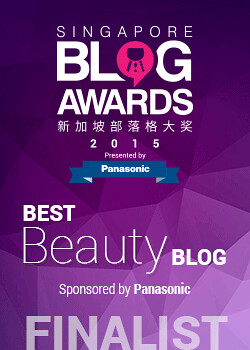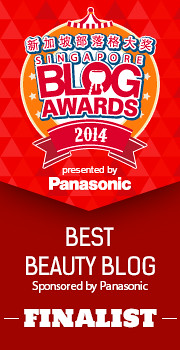Brush cleaning is something every makeup fanatic (or makeup user, for that matter), has to know how to do. So since I got a question about how I clean my brushes on
my Formspring page, I figure I might as well cross-post it to my blog, because, well, we all need to wash our brushes, don't we? :) I need to do some sort of actual brush-cleaning post with pictures one day, but for now, here's just the words with no pictures.
Q: How do you wash your makeup brushes? Thanks =DIn order to clean the brushes, you'll need a supply of water (I do this in my bathroom), some brush cleaner, and a bunch of paper towels (or a cloth towel), as well as a place to let your brushes air dry.
First, I wet the bristles of my brushes a bit, and then I apply a bit of brush cleaner to the bristles and sort of gently swirl the bristles around in the cleaner. If the brush is very dirty I also gently rub some cleaner into the bristles using my fingers. After that, I rinse the brush bristles to remove the cleaner and gunk, and then I very gently squeeze any excess water out of the bristles with my fingertips. Afterwards, I try to get my brush as dry as possible using the towel or paper towels. I usually do this by gently pressing the bristles against the towels, or by running the brush back and forth against the towels. It's important to try to get as much water out of the brushes before you leave them to air dry, so that the drying time is shorter. After I think I've gotten as much water out as I can, I leave them lying flat on a small towel in a well-ventilated place, and let them air dry. It usually takes about 2 days for the brushes to fully dry, although thick, synthetic brushes (e.g. like a synthetic kabuki) can take longer.
The entire process can be pretty laborious because you have to do it by hand, one brush at a time. Three very important tips I can give you for cleaning brushes are:
1. Use the right cleaner, not just any soap or detergent. You can get brush cleaner from most stores (I know MAC has one that's pretty good, and can be diluted with water when used to make it last longer), but if you don't use brush cleaner, it's OK too. The main thing is to make sure that whatever you're using isn't too harsh or drying on the bristles, especially if they are made of natural hair. If your bristles feel dry or scratchy after they have dried, you know the cleaner you've used is too harsh. I personally like to use my Biore makeup remover gel for washing my brushes, because it gets out all the gunk but doesn't dry the bristles out. Other alternatives to brush cleaner that are popular are baby shampoo, as well as Dr Bronner's Castille Soap. Some people also use handsoap, though once again I'd be careful to make sure that the handsoap you're using isn't too harsh on the bristles.
2. Be gentle. Be very, very gentle. Some brushes shed hair, or bleed dye when washed. That is normal, especially if it is the first couple of times you're washing the brush. Subsequently, hair should shed less, and dye bleeding should lessen also. However, you also want to be very gentle with your brushes when you wash and dry them, so you don't excerbate the shedding or bleeding.
3. When you wash your brushes, be very careful to only wet the bristles, and not the ferrule. The ferrule is the part which joins the bristles to the handle of the brush. Most brands just fix the ferrule with glue, which means that repeated wetting of the ferrule will eventually weaken the glue and cause your bristles to come loose. That's a scary thought, isn't it? So it's important to make sure that the ferrule doesn't get wet unnecessarily, and is thoroughly dried. I just make sure I wet the brush and stop before the ferrule, instead of drowning the entire head of the brush in water. And it's also important to get the brush as dry as possible before letting it air dry (hence the activity with the towels), and also, it's equally important that the brushes are left flat (as opposed to upright) to dry.
Well, those are my tips for brush cleaning, and I hope they help you!


















Sunday, December 4, 2016
8 comments